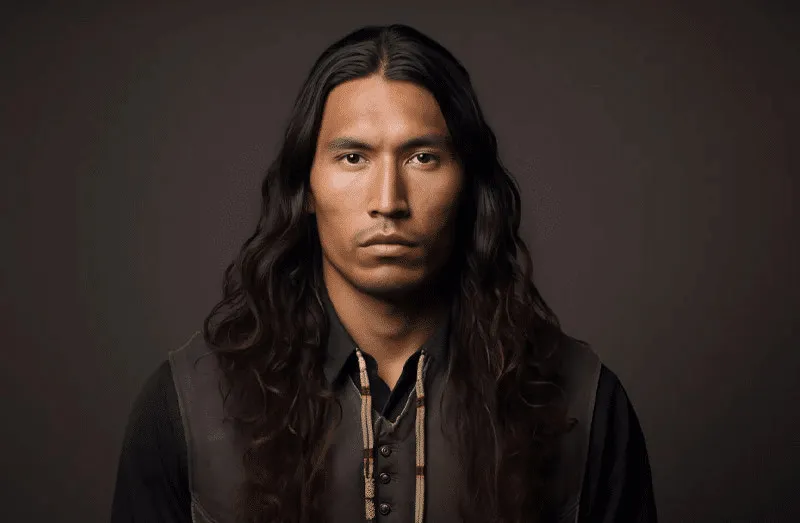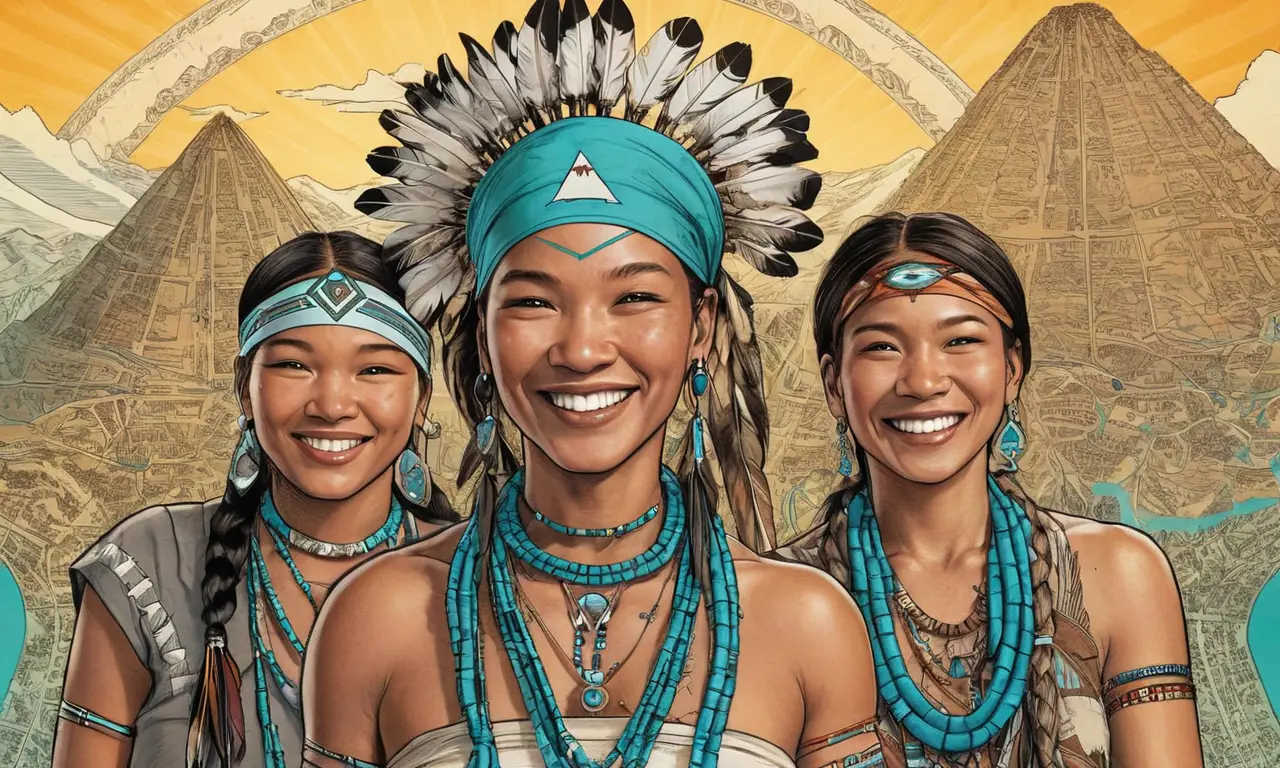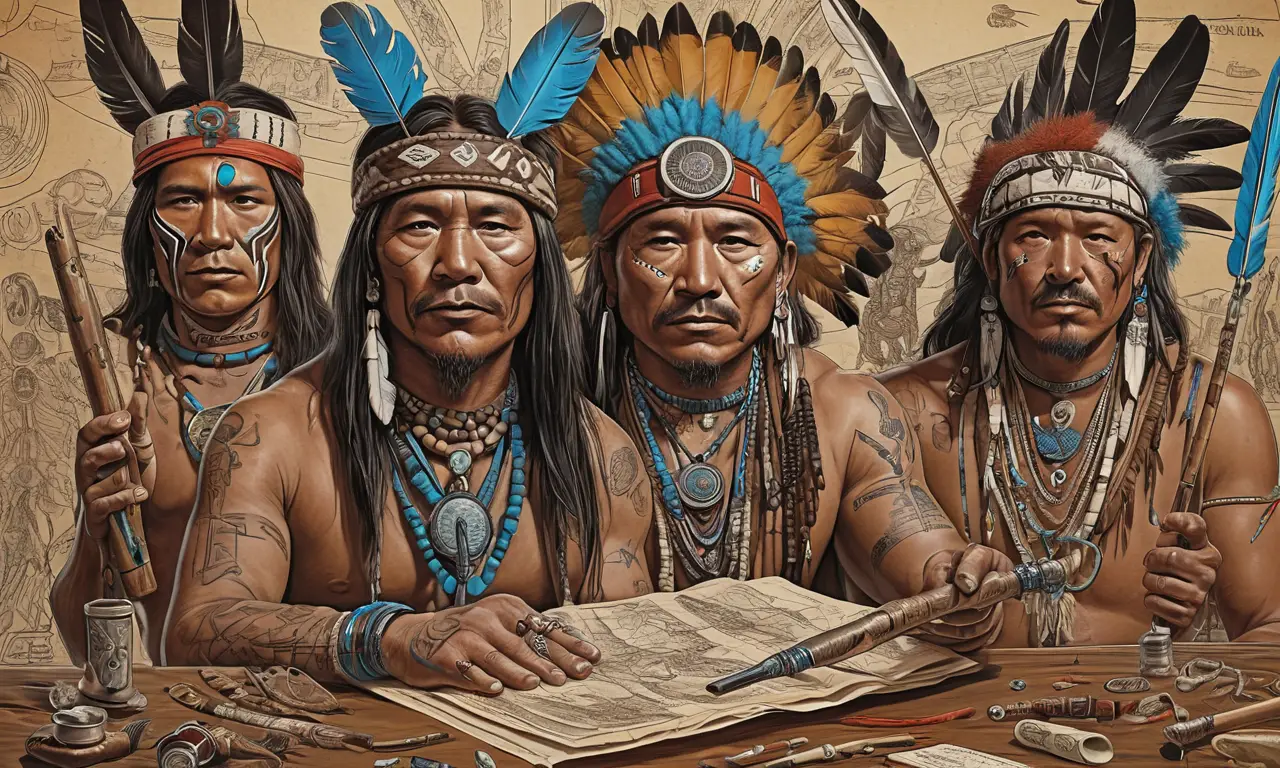
The presence of facial hair among Native Americans is a subject that often sparks curiosity and misconceptions. While some individuals within these communities do sport beards and mustaches, it’s not as prevalent as in other populations. This article delves into the multifaceted factors influencing facial hair growth among Native Americans, exploring the interplay of cultural practices, genetic predispositions, and individual choices.
This exploration will encompass the historical context surrounding facial hair in Native American cultures, delve into the potential genetic influences on beard growth, and examine how tribal traditions and personal grooming practices shape body hair expression within these diverse communities.
Facial Hair in Native American Culture
Throughout history, facial hair has held varying significance across different Native American tribes. Some tribes viewed beards as symbols of masculinity, wisdom, or spiritual power, while others placed less emphasis on facial hair as a marker of social status or identity. In certain cultures, specific styles of facial hair were associated with particular roles or ceremonies, further highlighting its cultural relevance.
For instance, some tribes practiced elaborate beard-styling rituals, using tools and techniques to create intricate designs that reflected individual status or tribal affiliation. These practices often involved the use of natural materials like clay, feathers, and beads, adding a layer of artistry and symbolism to the grooming process.
It’s important to note that generalizations about facial hair practices across all Native American cultures can be misleading due to the vast diversity within these communities. Each tribe possesses its unique history, beliefs, and traditions, resulting in a wide spectrum of attitudes and practices regarding facial hair.
Genetic Factors and Facial Hair

While cultural influences undoubtedly play a role, genetics also contribute significantly to an individual’s ability to grow facial hair. The genes responsible for hair follicle development and testosterone production influence beard growth patterns across different populations.
Studies have shown that certain genetic variations can affect the density and thickness of facial hair, leading to variations in beard growth among individuals within the same population group. It’s possible that some Native American populations may possess genetic predispositions that result in less dense or thicker facial hair compared to other groups. However, further research is needed to fully understand the complex interplay between genetics and facial hair growth in Native Americans.
Tribal Traditions and Grooming Practices
Tribal traditions and grooming practices have a profound impact on how individuals within Native American communities express themselves through body hair. Some tribes may encourage or discourage facial hair growth based on cultural norms and beliefs, while others may view it as a personal choice.
For example, certain tribes might associate long beards with spiritual leaders or warriors, while others might prefer shorter, trimmed styles for everyday wear. These traditions often involve specific tools and techniques passed down through generations, ensuring the continuity of cultural practices. Furthermore, grooming rituals can serve as important social events, fostering a sense of community and shared identity within tribal communities.
Historical Influences on Facial Hair

Historical events and interactions with other cultures have also shaped facial hair practices among Native Americans. Colonization, forced assimilation policies, and the introduction of new technologies have influenced how individuals perceive and express themselves through body hair.
During periods of cultural suppression, some tribes may have adopted grooming practices that aligned with dominant societal norms, leading to a decline in traditional facial hair styles. However, in recent decades, there has been a resurgence of interest in reclaiming and revitalizing traditional practices, including those related to facial hair. This renewed focus on cultural identity reflects a growing desire to preserve and celebrate the rich diversity of Native American traditions.
Individual Variation in Body Hair Expression
It’s crucial to recognize that individual variation plays a significant role in body hair expression within any population group, including Native Americans. Just as there are variations in height, eye color, and other physical traits, individuals within Native American communities may exhibit diverse patterns of facial hair growth.
Some individuals may grow thick, full beards, while others may have minimal facial hair or experience patchy growth. These differences can be attributed to a combination of genetic factors, hormonal influences, and personal grooming choices. Ultimately, body hair expression is a unique characteristic that reflects the individual’s genetic makeup and personal preferences.
Conclusion
The prevalence of facial hair among Native Americans is a complex phenomenon influenced by a confluence of cultural practices, genetic predispositions, and individual variation. While some tribes historically placed significance on beards as symbols of masculinity or spiritual power, others viewed them with less emphasis.
Genetic factors undoubtedly contribute to variations in beard growth patterns, while tribal traditions and grooming practices shape how individuals express themselves through body hair. Historical influences have also played a role in shaping facial hair practices within Native American communities. Ultimately, understanding the multifaceted nature of facial hair expression among Native Americans requires acknowledging the interplay of these diverse factors and embracing the rich tapestry of cultural diversity within these communities.
